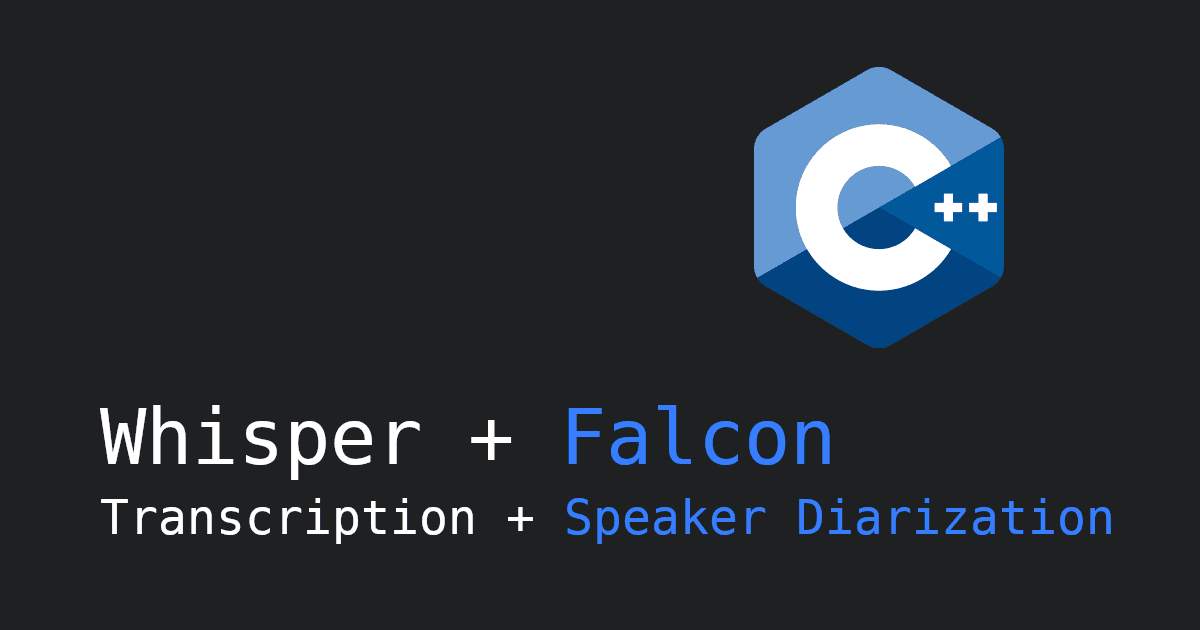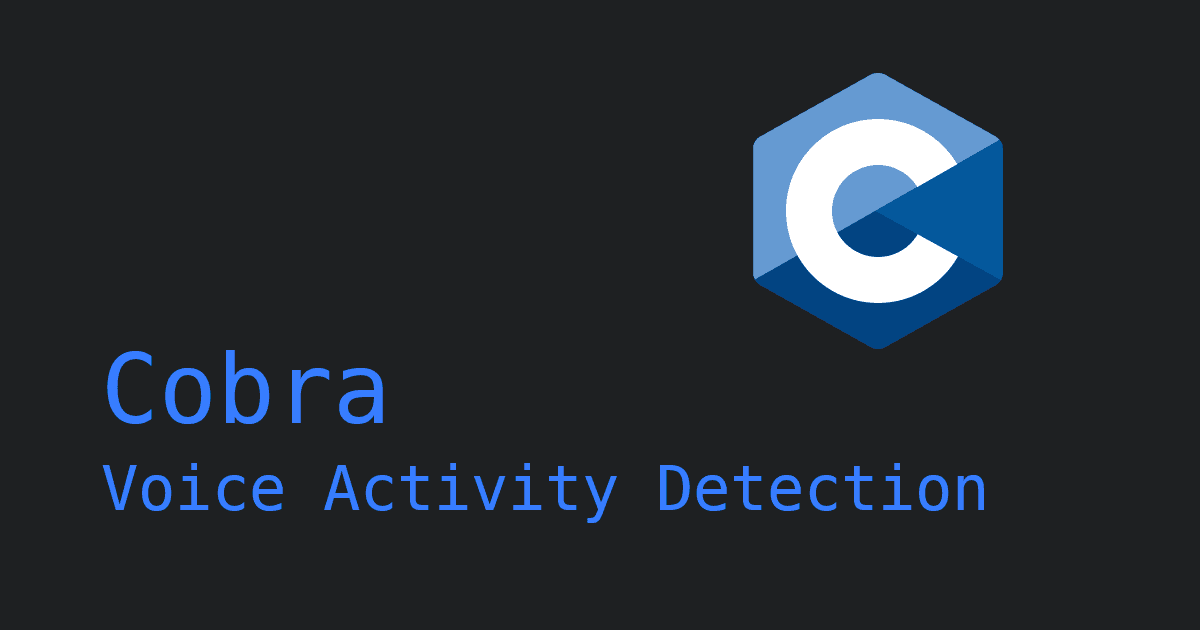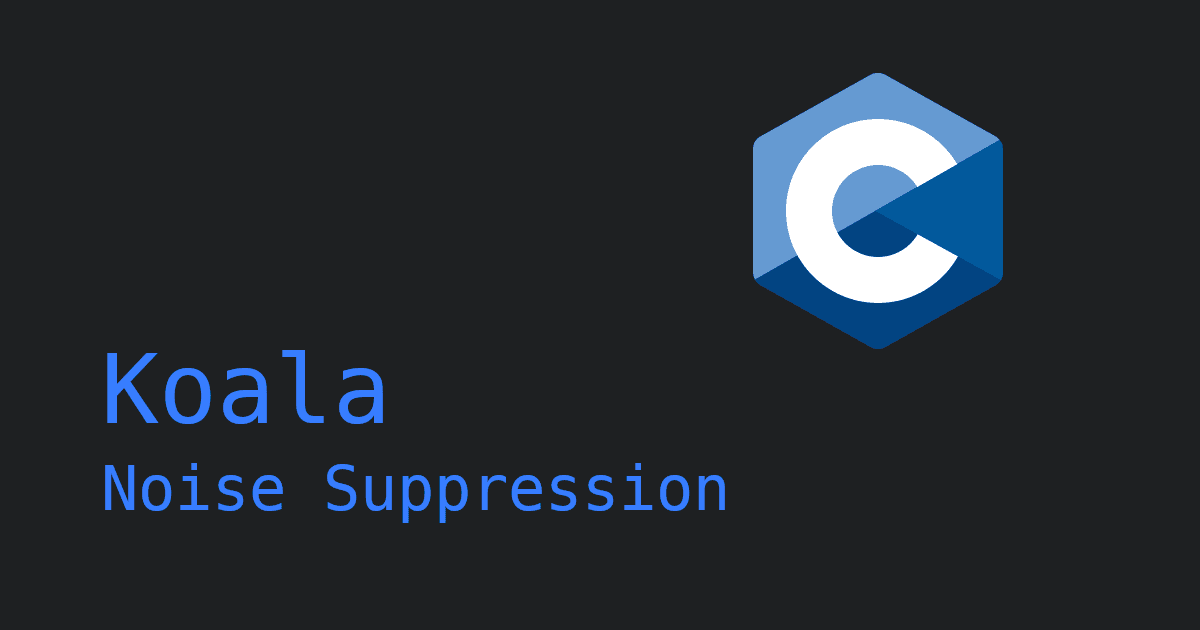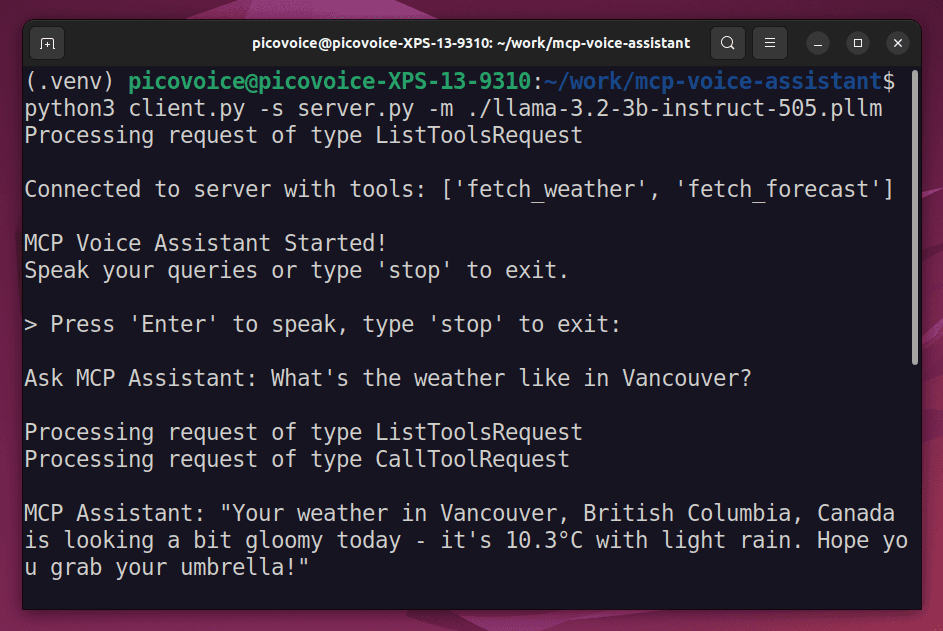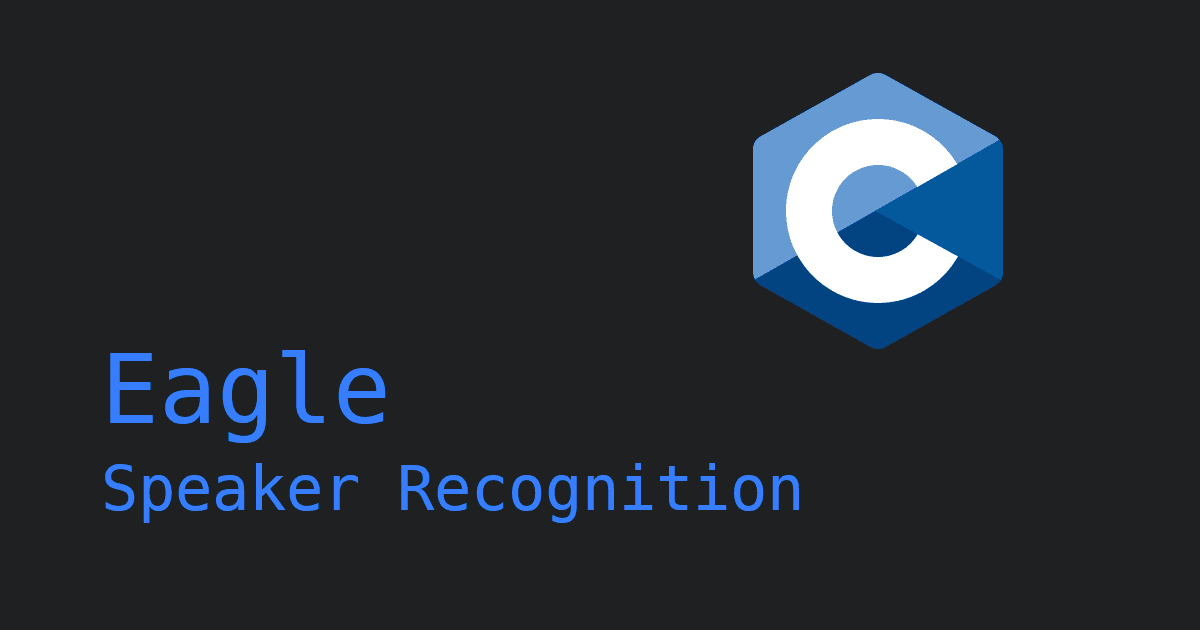Picovoice serves ML researchers and developers with its resource-efficient AI models and engines. Thus, we ask take-home questions related to the field of AI. We decided to share one of the previous marketing interview questions: “What’s the ROC Curve?” to provide candidates with insights.
Why the ROC Curve?
The ROC Curve allows AI researchers and developers to evaluate the performance of classification models at various threshold settings, making it indispensable for AI projects that require robust decision-making capabilities. At Picovoice, we also use the ROC Curve to evaluate the performance of some of our products. Asking candidates to research, learn, and explain the ROC Curve aims to showcase Picovoice’s expectations from candidates and why research, critical thinking, and storytelling are crucial.
What’s the ROC (Receiver Operating Characteristic) Curve?
At its core, the ROC curve plots the True Positive Rate (TPR) against the False Positive Rate (FPR) at different threshold levels. Lowering the classification threshold classifies more items as positive, thus increasing both False Positives and True Positives. The True Positive Rate is also known as sensitivity. The ROC Curve provides a visual representation of a classifier's ability to distinguish between classes.
The Area Under the ROC Curve (AUC - Area Under the Curve) is a scalar representation of the model's performance. A model with perfect predictive accuracy has an AUC of 1.0 (a straight line at TPR=y=1).
The ROC Curve is not just a performance metric. It's also a decision-making tool.
- The
ROC Curvehelps identify the most suitable threshold for separating classes in a way that aligns with the business or operational objectives, such as maximizing the detection of positive instances while minimizing false alarms. - The
ROC Curveallows enterprises to choose the engine with the highest AUC or True Positive Rate at a given threshold. While comparing two models, one model can have higher and lower True Positive Rates compared to the other one at different thresholds.
Most candidates successfully explain the ROC curve. What differentiates them is their writing and storytelling skills. The next stage, brainstorming, allows candidates to showcase their critical thinking skills by applying their knowledge in real life.
Practical Applications of the ROC Curve: Which voice AI product could use the ROC Curve?
The ROC Curve is used to evaluate the accuracy of binary classifiers, such as wake word detection or voice activity detection. A version of ROC, the Detection Error Trade-off (DET) curve, is used to evaluate speaker recognition engines.
Take Siri, Apple’s wake word detection engine, as an example. When Siri detects “Hey Siri” as it’s supposed, it’s considered True Positive. On the other hand, when it detects “Hey Syria” which can happen as Siri and Syria are similar sounds, it’s considered False Positive (or False Alarm.) We draw the ROC Curve using True and False Positives. Similarly, if a voice activity detection engine detects a human voice correctly, it’s a True Positive, and when it detects a non-human voice, it’s a False Positive. You can check the open-source voice activity detection benchmark to see how we use it in real life.
Figure 1: The ROC Curve is used to evaluate the performances of Cobra Voice Activity Detection, WebRTC Voice Activity Detection, and Silero Voice Activity Detection.
Nuances of using the ROC Curve
After understanding where the ROC curve can be applied, the next stage is to discuss the nuances. Hence, the question is that you and I evaluate the performance of the same wake word detection engine. You find the accuracy 99%, and I find it 80%. Is it possible?
In statistics, we learn one can easily manipulate results, as they depend on many variables. So, there are a few questions to ask.
1. Do we use the same metric to measure the accuracy of engines?
We may have different metrics, but let’s assume the True Positive Rate represents the accuracy.
2. Do we use the same dataset to test AI models?
Using different datasets may affect the results. For example, one dataset may have phrases with distinct sounds, such as Hey Siri and Jarvis, and the other with similar ones, such as Hey Siri, Hey Syria, Seriously, and Hey Missy. One dataset may have native speakers, whereas the other has non-native speakers. Moreover, if one of the parties has access to the model, they can use the training dataset or overfit the AI model to affect the results. Yet, let’s assume we both are using the same dataset.
3. Do we test AI models in the same test environment?
The test environment affects the performance of voice AI models, whether there is noise, echo, and reverberation. Even the distance between the audio source and the engine can be different (See: Far-Field Speech Recognition). Let’s assume the test environment is the same.
Remember, the ROC Curve measures the accuracy of wake word engines. The ROC Curve plots several True Positive Rates against various False Positive Rates at different threshold levels. Thus, two people can have different thresholds, resulting in different True and False Positive Rates.
Imagine a wake word engine that is not selective getting activated with each phrase -regardless of what it is. There is no chance of missing the wake word. Thus, the True Positive Rate will be 1, and the True Negative Rate will be 0. In theory, the wake word engine is 100% accurate, but in practice, it doesn’t work.
In short, using the same AI model and the same test data in the same environment, two people can find different accuracy by selecting different threshold levels.
Why do we ask these questions?
The candidates are often curious about a typical workday. It’s hard to talk about a “typical” day at a startup. However, exercises like this are a great example of Picovoice’s customer obsession and approach to learning by doing.
Knowing voice AI is a complex technology, “accuracy” can be manipulated easily, and incumbents in the market argue they have the “best” or “revolutionary” products that don’t help decision-makers, we needed to find a better way. Thus, we started publishing open-source benchmarks, which bring transparency to the market and control back to enterprises.
Deep Learning Researchers and Engineers find the most appropriate tools and metrics, like the ROC curve, while training AI algorithms and measuring the performance of our products vs. the alternatives. Engineering and Marketing teams develop tools, such as the Open-Source Wake Word Detection Benchmark, and articles, such as Benchmarking a Wake Word Engine. We research, learn, and think to find solutions to real-life problems.
Could you crack this case?
The problems we’re tackling are not that easy. We're 110% committed to challenging the industry dogmas, innovating, and offering the best-in-class products. Our competitors are Big Tech companies with abundant resources. Our market is evolving super-fast. For some, what we do is crazy. What’s crazy for us is waking up in the morning, thinking we can do better. For those who share the same vision, Picovoice is a place to thrive. That’s why our “small” team has achieved what Big Tech couldn’t have.
Practical tips before you apply:
- Apply for the roles that interest you. Working with people who don’t like or care about what they do is difficult for those individuals and the ones who work with them. We have a low employee turnover rate for a reason and are keen on keeping it that way.
- Have your resume only in PDF format. You don't need more than two pages, most likely not more than a page. Less is more.
- Get your resume reviewed. Ask your friends or professors to review your resume(s). Depending on your interests, you may have multiple resumes.
- Check your grammar. Leverage AI (Grammarly, ChatGPT, Mistral, LLama, etc.) to check your grammar and communication style.
- Pay attention. Do not apply for jobs or respond to messages when you’re tired or in a rush. It gets harder to convince someone if our words don’t match our actions.
- Write the company and position name correctly. Applying with the incorrect company or product name lowers your chances. (BTW, it’s Picovoice, not [Company Name], PicoVoice, Pico, or Pico Voice.)
- Read the messages you receive. Follow the directions instead of asking people to follow yours. If you’re asked to schedule an interview using a shared calendar, use the link, and don’t send your availability via email.
- Do your research. Know the company and person you’re interviewing when possible.
If you enjoy solving challenging problems and do not mind rolling up your sleeves, check out Picovoice’s job openings.
